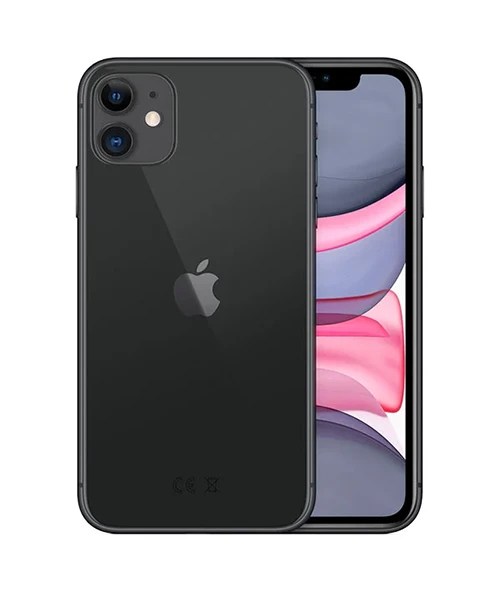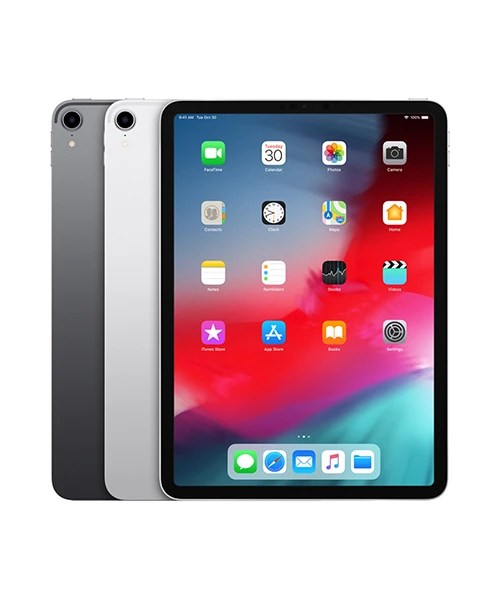Have you ever thrown a piece of tech away? What do you do with your electronics at the end of their life? What could this mean for your security, and the environment?
These are just a couple of the questions that should be asked, but that are not being asked currently. We looked into the impacts of a term called ‘E-Waste’ to find the answers for you.
In 2018, 49.8 million tonnes of E-Waste were thrown away. When we calculate this into smartphones, it’s equivalent to 9,023 phones EVERY SECOND. On average, a person will own 35 phones in their lifetime, how many of us can say that we recycled the other 34 that we weren’t using anymore?
Now for the science, but bear with us!
The majority of ‘Hardware’ is made up from 2 components: Metals and Plastics. It’s fairly common knowledge by now the effect that plastic can have on the environment, but what about metal
When metal is thrown into landfill, a slow but dangerous reaction begins to happen. With the addition of Oxygen, they begin to break down and subsequently Ionize and Oxidize in the soil. As the majority of these products will contain toxic chemicals, these chemicals then begin to be released when they do start to break down. With these chemicals now in the soil (already a dangerous fact for plants and animals alike), the toxins can find their way eventually into drinking water when leached in sufficient quantities, a potentially dangerous fact for humans.
The second, and more immediate risk of irresponsible recycling is to your data. With technology becoming far more advanced than ever before, our tech is storing more and more personal and sensitive information about us. Imagine taking all of your personal information, bank statements, passports, email addresses and passwords and leaving it outside. The amount of information stored on your phone, tablet or laptop is far greater than this and so with improper disposal all of this information is at risk.
Hackers have access to data recovery tools, which have become far more effective than ever before, giving them the ability to recover information from devices, even when you believe to have deleted it.
So, what is the solution? We call it responsible recycling. In short, there are two ways of doing this;
- Secure E-Waste Disposal
- Device Trade in with a reputable company.
There are E-Waste disposal companies available, who can take your device(s), giving assurances of your device being disposed of in a way that’s secure to both the planet and you. You’ll then receive a data destruction certificate to prove that your device(s) have been recycled.
The alternative method is to trade in your device with a reputable company. Not only can they offer assurances of your device(s) being secured and wiped of all personal information, but they will also pay you the equivalent value of the device, meaning some extra cash in your pocket whilst also helping the environment and protecting your security. Once the device has been recycled it is then refurbished and given a new lease of life, giving somebody the opportunity to purchase the refurbished iPhone, iPad or other device and ultimately reducing the entire carbon footprint of the device.
Sounds great, but what do you have to do? There are many companies that offer such a service, with comparison sites already set up to ensure you get the best value for your device. Simply log onto these, select your gadget and send it off. Usually, you’ll receive payment within 1 day via cash or voucher. (Beware of those whose prices are ‘Too Good’ and make sure you check out the ratings first!)
So there we have it. E-Waste is a real thing, and a problem that we should all have some concern over. Luckily, it’s not every day that we’re throwing our electronics away, but making the small decision to recycle your device properly (and make a little on the side) will benefit everybody in the long run.
To find out more about recycling your device(s), check out our trade-in services.














